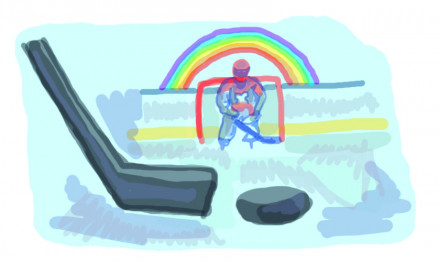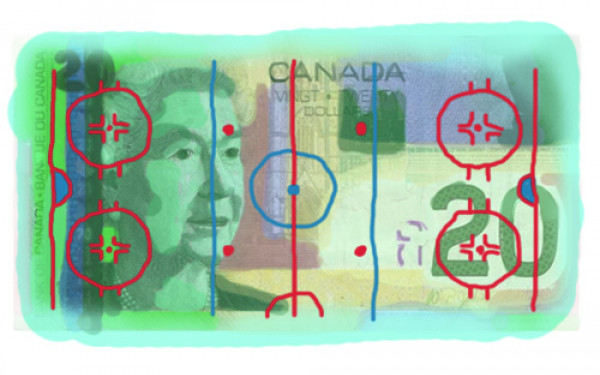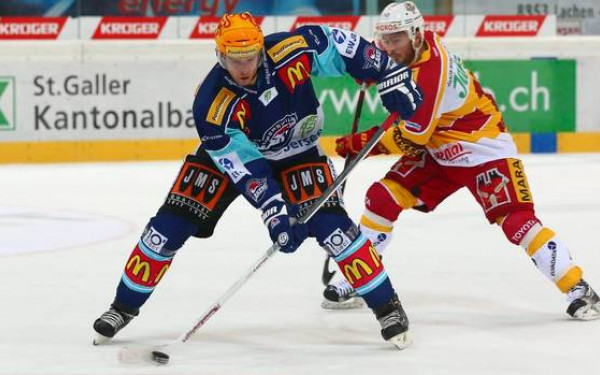The Shootout Needs to Go
Having a win or loss decided on a glorified skills competition is not only unfair, but it also reduces the game of hockey to a one-on-one situation. To play 65 minutes of hockey, only for the game to be decided in a shootout with only one player and one goalie are on the ice, takes the elements of the team out of the game.
When a game reaches four-on-four overtime, games tend to open up with all the extra space, leading to scoring chances for both teams, and it’s exciting hockey for the fans. However, when overtime ends, the shootout becomes a dud, the scoring chances and buzz of overtime end.
Another issue with the shootout is how it sometimes drags for too long. When a shootout has to go past five shooters per team, I am already tired of it, and just want the game to finish.
Are there solutions? Of course there are. Obviously I am not advocating for the NHL to go back to the era of ties; there’s another all-too-obvious option for the NHL.
In the GM meetings of 2012, Ken Holland, the General Manager for the Detroit Red Wings, suggested adding another five-minute period of three-on-three hockey before going to shootout. It was turned down quickly; however, it eventually gained enough traction for it to be tested with mixed results in 2010 and 2011.
Despite the results of the NHL tests, its minor affiliate, the American Hockey League, decided to adopt a new rule. Instead of the standard five minutes of four-on-four overtime and then a shootout, they opted for a seven-minute overtime period. The first three minutes would be played four on four, then the latter part would be played three against three.
The CIS also adopted the new overtime rule. Instead of being seven minutes, CIS teams play a five-minute period of four against four, then another five-minute period of three on three. If the game is still unresolved after ten minutes, it goes to a shootout.
While some people are in favour of the three-on-three, it also has its critics as well.
“I’m not a fan of the three-on-three, I voted against it when it came up,” said Stingers head coach Kevin Figsby. “If you’re going to play an extra ten minutes of the game, it’s not about the fans, it’s about the players. It should of five on five until the end. The shootouts for the fans. I don’t think you need to bring in a sideshow like three on three.”
Since implementing the rule change, the AHL has dramatically reduced the number of games ending in a shootout.
Since the beginning of the season and all the way through Dec. 16, 75.3 per cent of games that needed extra time ended in overtime, compared to last season when only 35.3 per cent of games ended in overtime, with the rest resulting in a shootout.
While it is a small sample size, the extra period of three-on-three hockey shows that it can end the game before it goes to a shootout. Having the extra period would essentially get rid of the sideshow skills competition and end games quicklier while actually playing hockey.


_600_832_s.png)



1_600_375_90_s_c1.jpg)
3_600_375_90_s_c1.jpg)